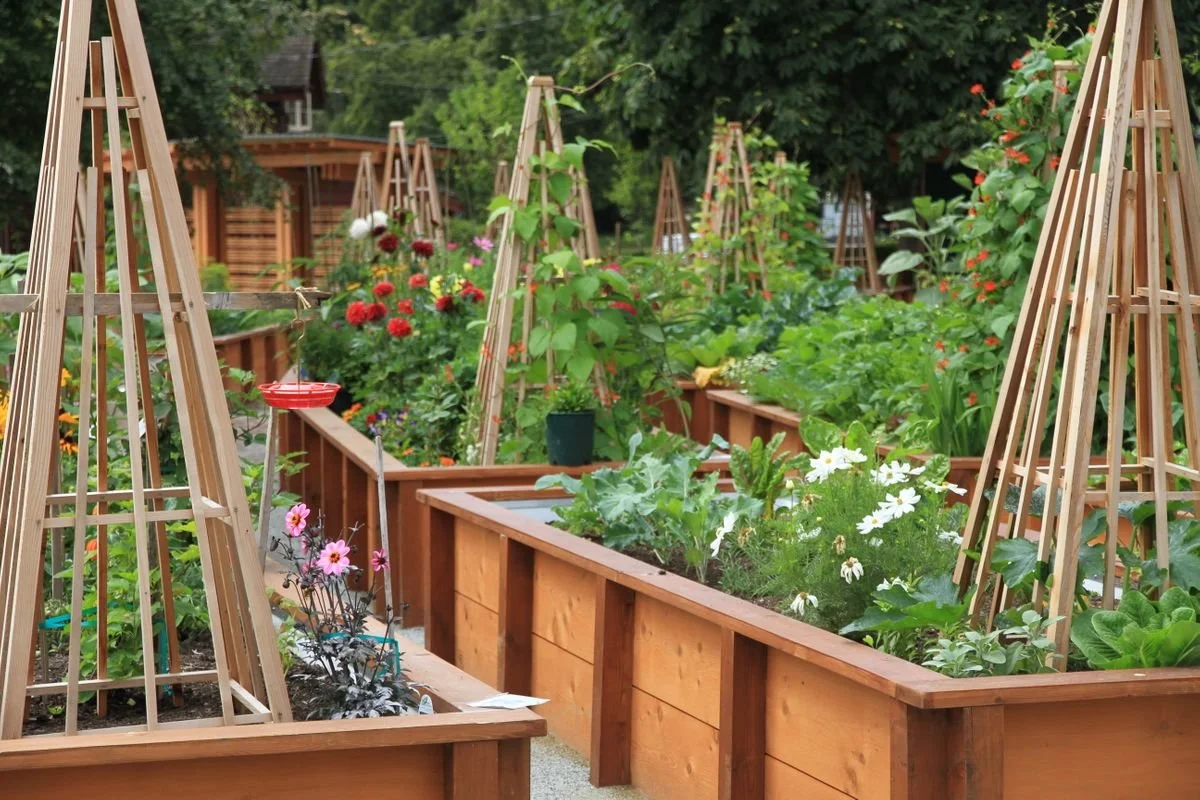Nearly 22% of people in BC report food insecurity
Millennium Garden in Ambleside
Every day families must make agonizing choices between paying for housing, healthcare, or putting food on the table. The emotional toll is immeasurable, highlighting the need for urgent and comprehensive solutions.
What is food insecurity?
“Food insecurity” is defined as the inadequate or insecure economic and social circumstances behind why a community, household or individual is unable to access or afford enough nutritious food for a healthy life.
How does food insecurity impact Canadians?
Canada is among the world’s wealthiest nations. Yet in 2023, according to Statistics Canada, 22.9% of people in the ten provinces lived in a food-insecure household. That amounts to 8.7 million people, including 2.1 million children, living in households that struggled to afford the food they need. BC’s 21.9% means 1,127,000 people are lacking in proper nutrients.
What is government’s role?
Research has repeatedly shown that household food insecurity can be reduced by policy interventions (e.g. changes to social assistance, child benefits, and minimum wage) that improve the financial circumstances of households at the bottom of the income spectrum. When food-insecure households receive additional income, they spend it in ways that improve their food security.
The persistence of high rates of food insecurity is a clear sign that there needs to be a dedicated effort to restructure federal, provincial, and municipal policies to reduce food insecurity and ensure Canadians have enough money for basic needs.
While food banks, mutual aid groups, and other civil society organizations continue to do their best to help those in need, they also recognize that they cannot solve food insecurity. They are joined by public health organizations, anti-poverty advocates, and other groups in calling for federal and provincial governments to take action through income-based interventions.
What can people on the North Shore do to help?
Tell your federal, provincial, or municipal leaders what research has shown to be true:
That food charity is not the answer to a problem rooted in income insufficiency.
That it is unacceptable that there are food insecure households in a country as rich as ours.
That federal funding of food banks is not the singular solution, the government must explore, evaluate and implement sustainable income solutions to food insecurity.
Grow your own food—and share it.
Community gardens are a small but significant way to fight food insecurity in your area. These gardens give people the chance to have control over the food they consume in a practical way, even donating portions of their harvests to local food organizations.
Support local food charity and advocacy groups.
While food banks aren’t a long-term solution to food insecurity, they are an important emergency source of food for those who need it. If you have extra cash or time, consider buying extra groceries to give to your local food bank or organizing a food drive with friends to gather donations.
There are a variety of advocacy groups focused on researching and advocating for food security. Spreading the word about their work or giving towards their research helps the cause.
Services offered on the North Shore to help those living with food insecurity:
Table Matters Network, a local community group, has a wealth of information on their website, including:
More local food projects:
The battle against food insecurity is multifaceted and demands a sustained and collective effort. By joining forces, we can pool resources, knowledge, and expertise to create and advocate for comprehensive strategies that address the root causes of food insecurity at local, regional and even global levels.
Sources:
https://proof.utoronto.ca/2024/new-data-on-household-food-insecurity-in-2023/
https://proof.utoronto.ca/food-insecurity/what-can-be-done-to-reduce-food-insecurity-in-canada/
https://tablematters.ca/food-providers/
https://tablematters.ca/food-asset-map/


